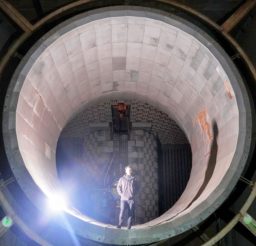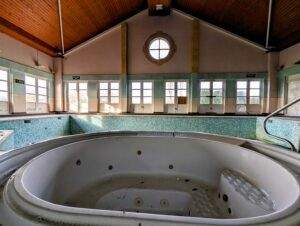Abandoned London: Down Street Tube Station
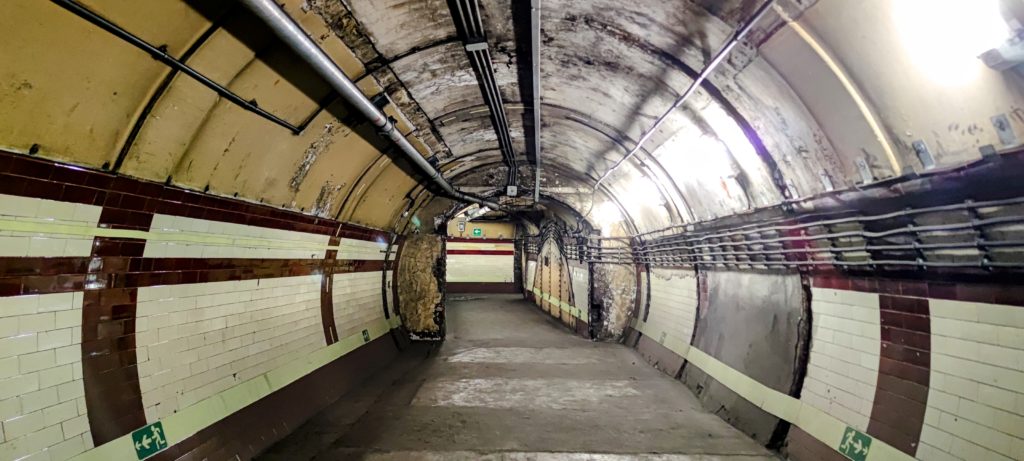
The now-abandoned Down Street Tube Station had a short and unsuccessful life operating as an underground station, but a much more interesting use followed its time as a passenger terminal.
Located on a street just off Piccadilly, in the affluent Mayfair area of West London, the station was unpopular before it was even built. Wealthy locals didn’t want a Tube Station on their doorsteps, believing it would bring undesirables and outsiders to their posh, leafy area of the city. This, alongside the exceptionally high land value in the area, led to the station entrance being built on a side street, rather than Piccadilly itself. The station opened in March 1907, the months later than the other stations on the Great Northern, Piccadilly & Brompton Railway, which today forms part of the Piccadilly Line. It had a booking hall with two lifts. From the lifts, passageways led to two platforms.

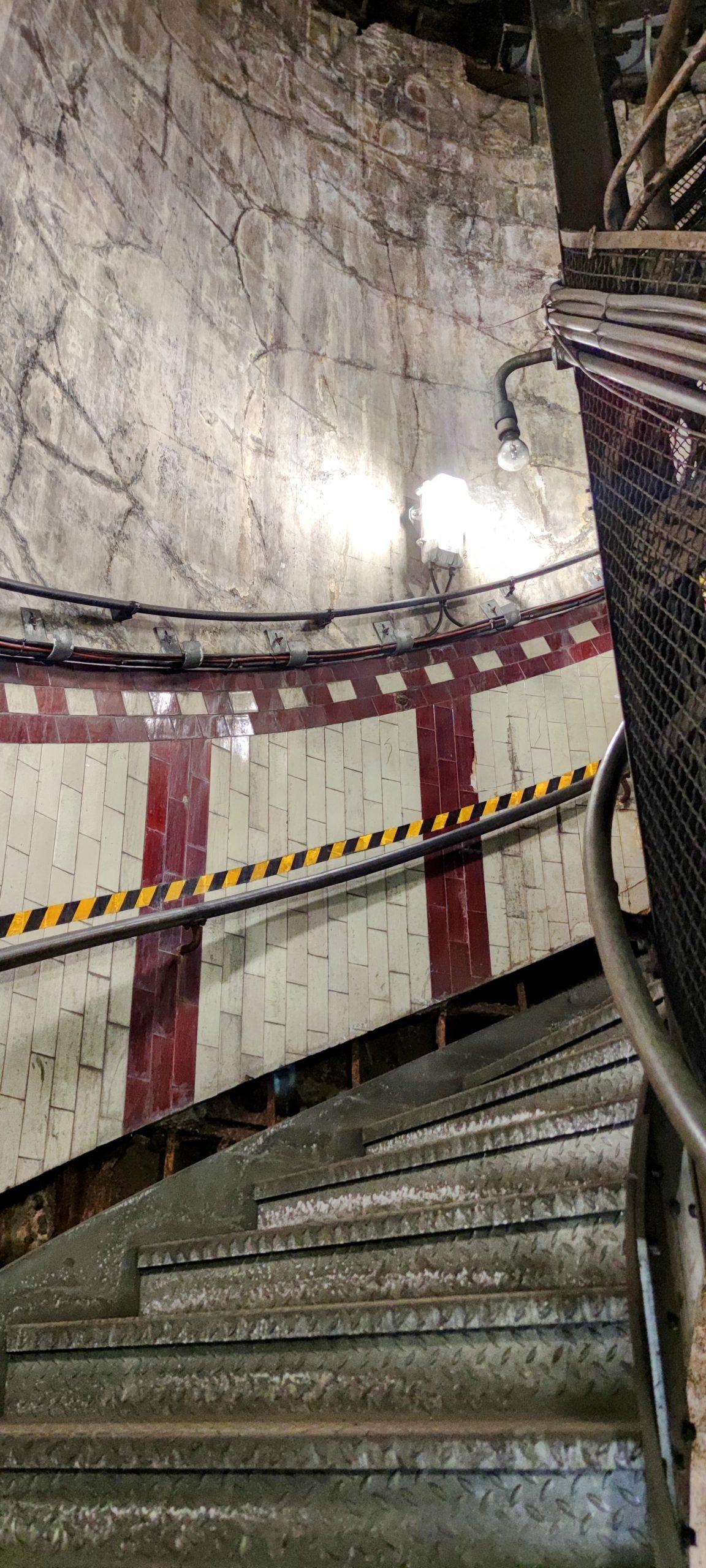
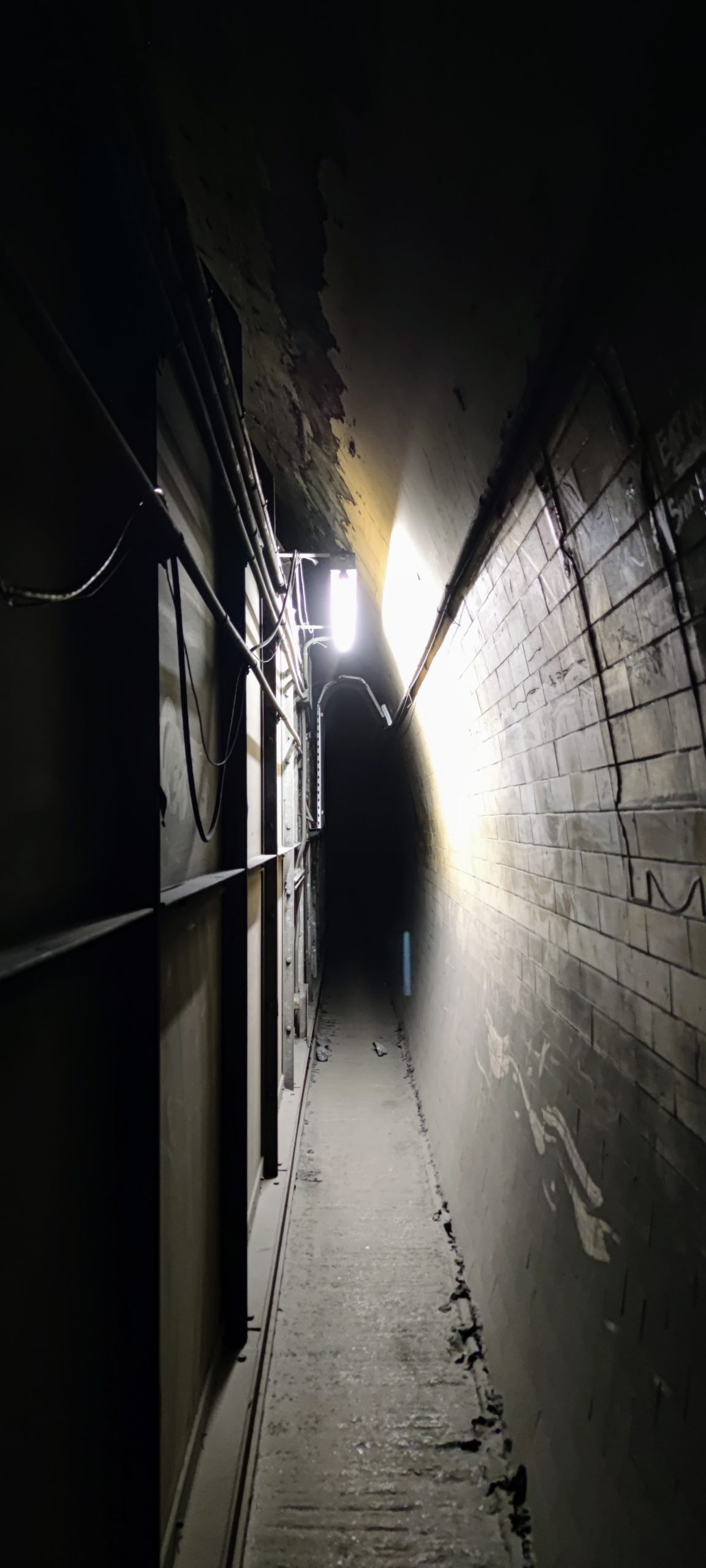
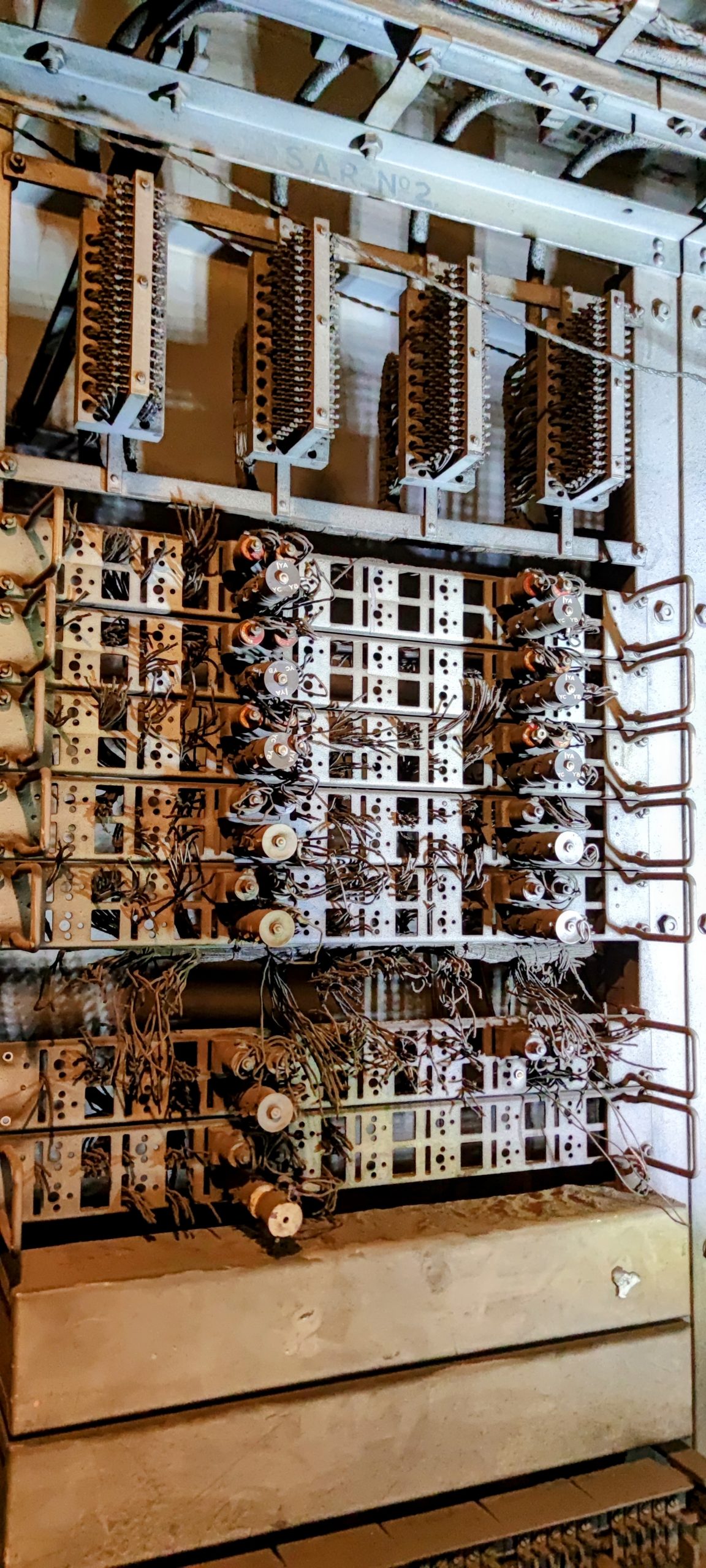
With wealthy locals having access to cars and its side-street location meaning the entrance was tucked out of site, passenger numbers at Down Street were never high. Its location and depth also meant passengers had to navigate long passageways from the entrance to the platform. In 1932 the stations fate was sealed when neighbouring stations Dover Street (now Green Park) and Hyde Park Corner were updated with escalators, with the entrances to both stations moved closer to Down Street, further reducing passenger demand there. The station was closed for service in 1932 and converted to act as a ventilation shaft for the Piccadilly Line. This was just the beginning of Down Street’s new life.
Click here to read about other abandoned Tube Stations
Down Street Station in WWII
With war again looming over Europe, the UK government began preparations to defend the nation in the event of the outbreak of war. The Railway Executive Committee was formed in 1938 with a remit to run the railways if war broke out. Headquartered in Westminster, it was established to ensure that supplies, personnel and munitions could be moved across the country to support the war effort.
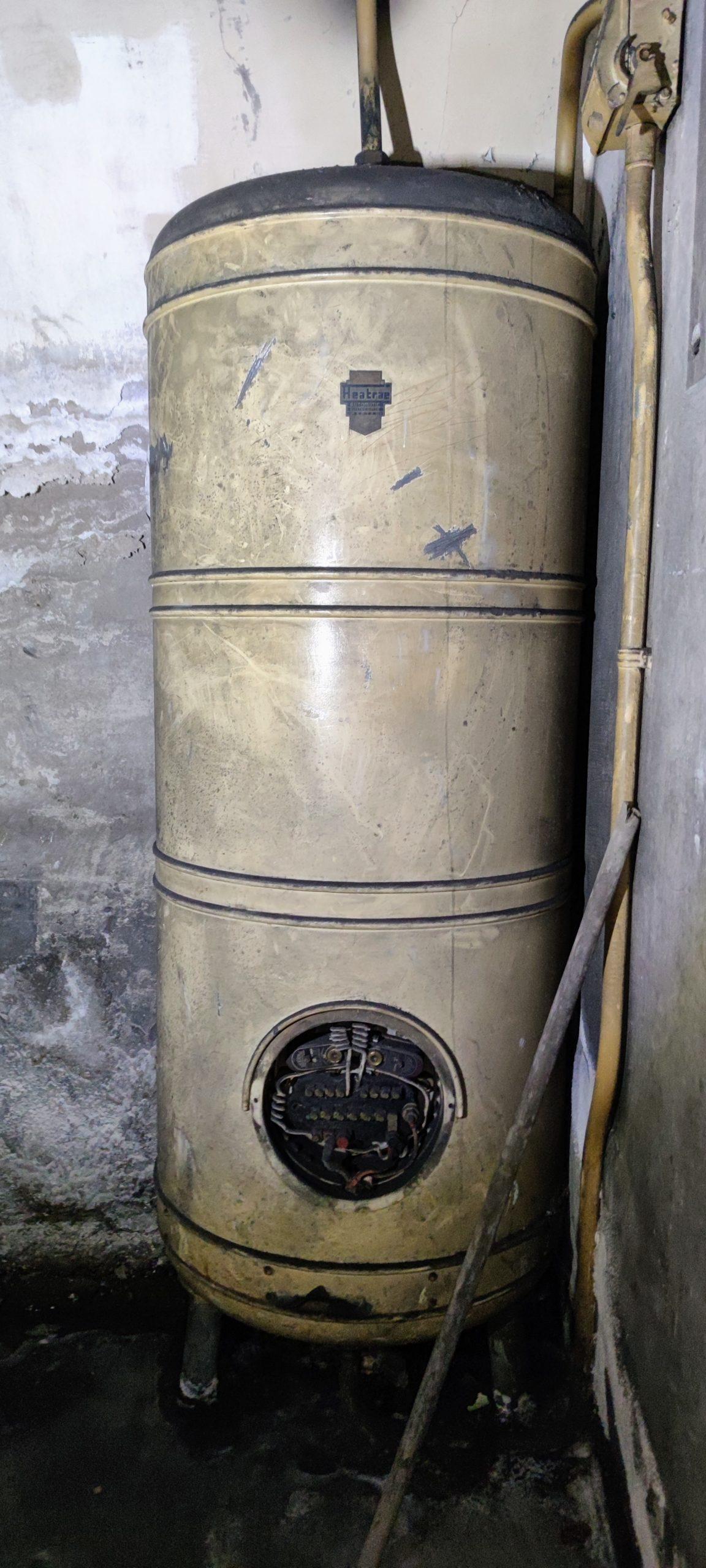
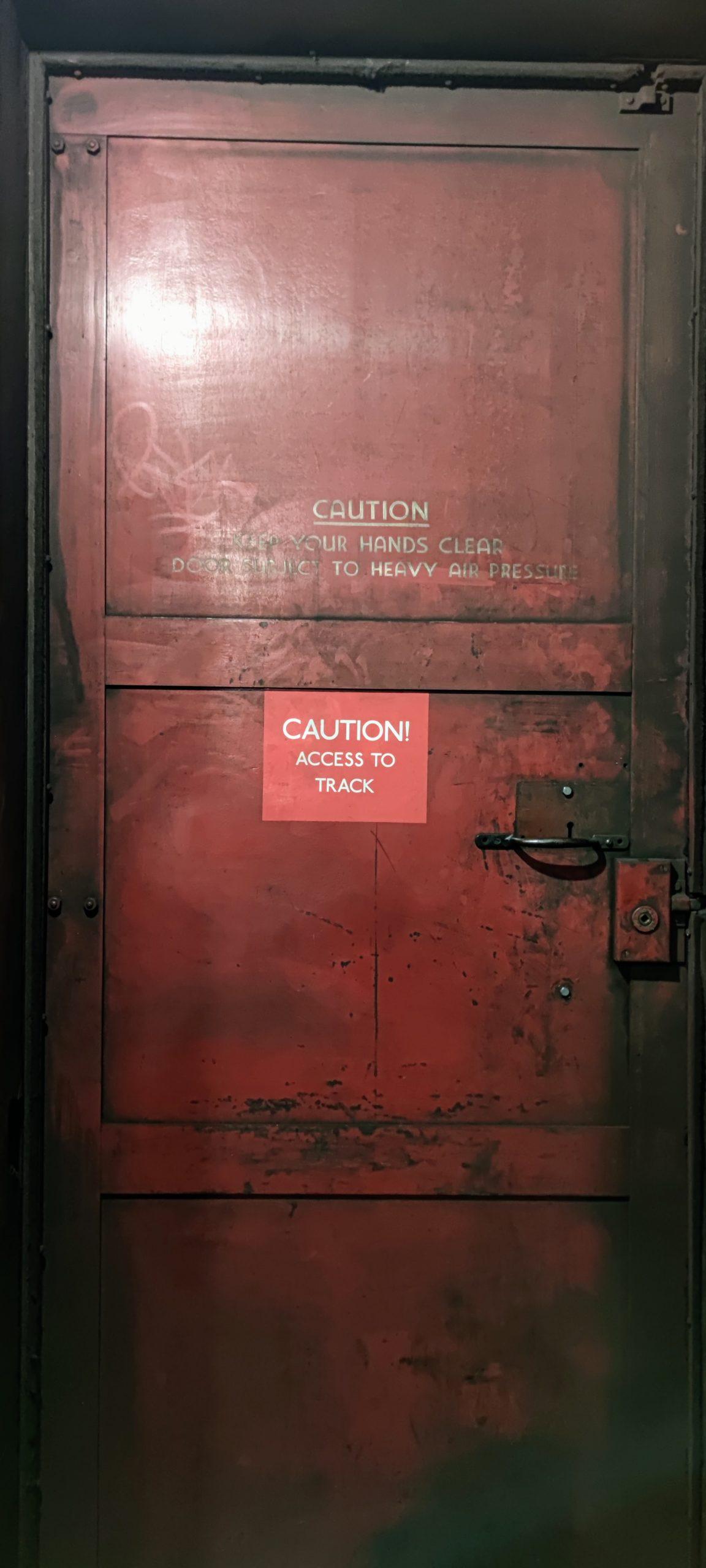
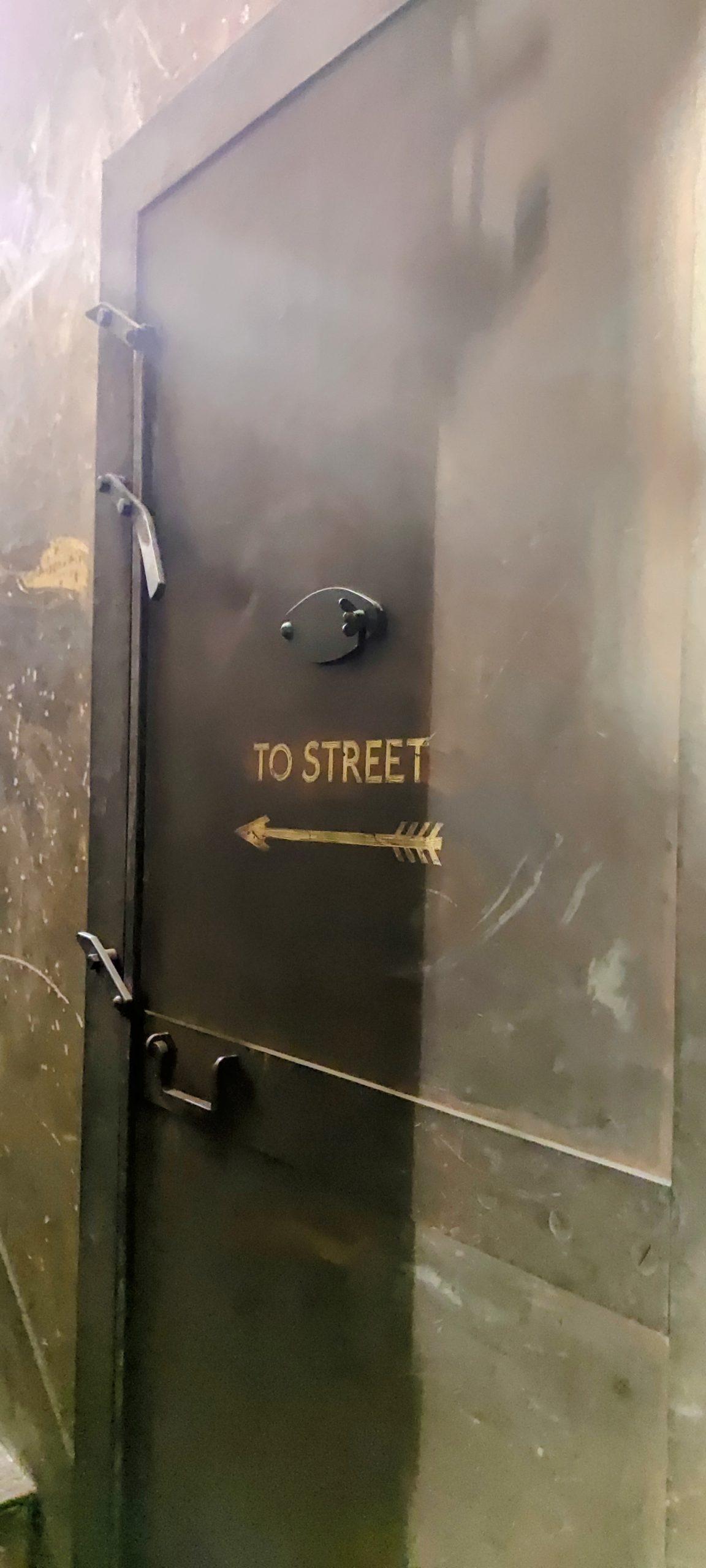
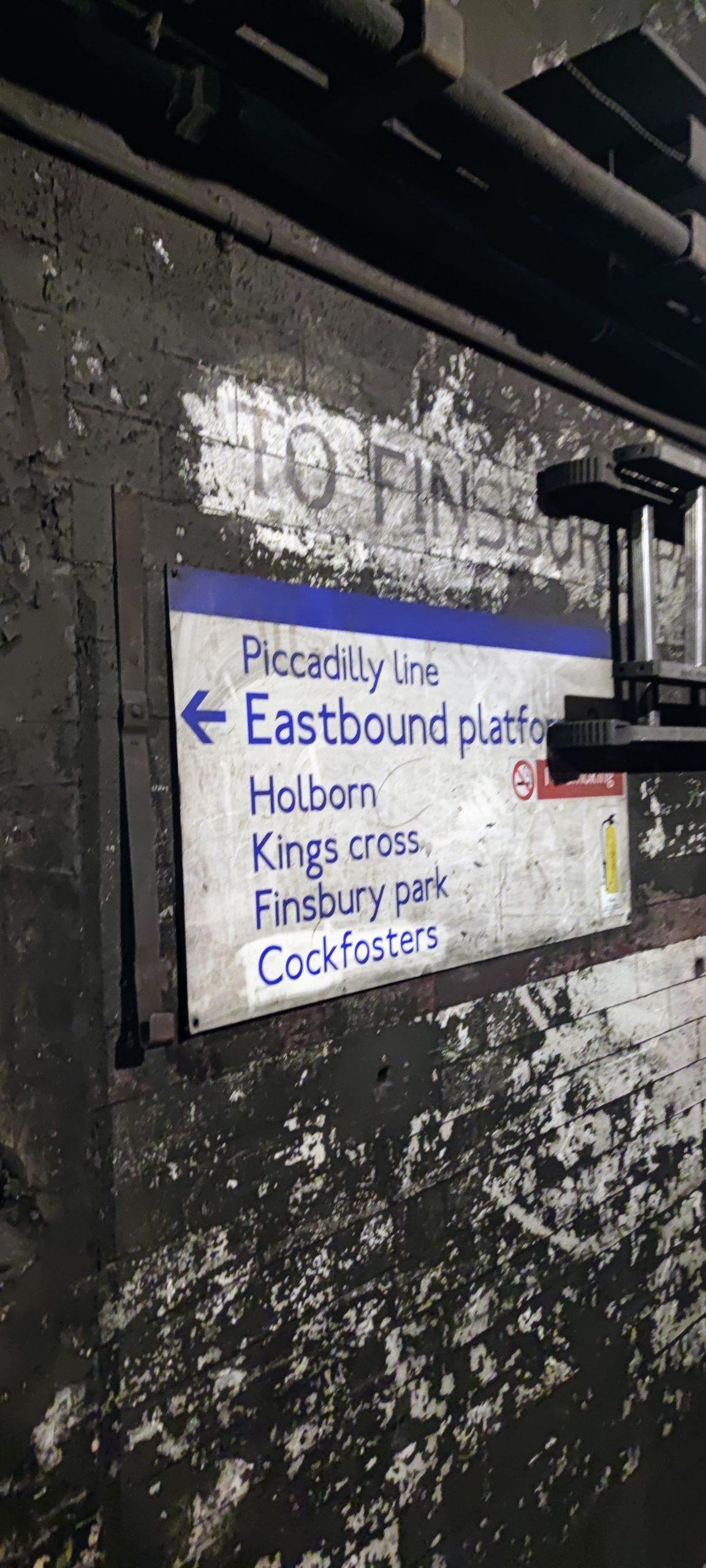
As the REC developed plans for its operation during a new world war, it was soon realised that a secure bunker would be required to house its operations and communications. Plans to fortify the basement of its Westminster offices were deemed to be insufficient against bombing. The disused Down Street Station, with its tunnels 22m below ground and London location, was selected in March 1939. By the end of April work had begun on converting the abandoned Tube Station to house 40 staff in a bomb-proof, air-conditioned bunker. Blast doors were installed, air-filtration systems added to protect from potential gas attacks, and the vulnerable open lift shaft was capped with concrete.
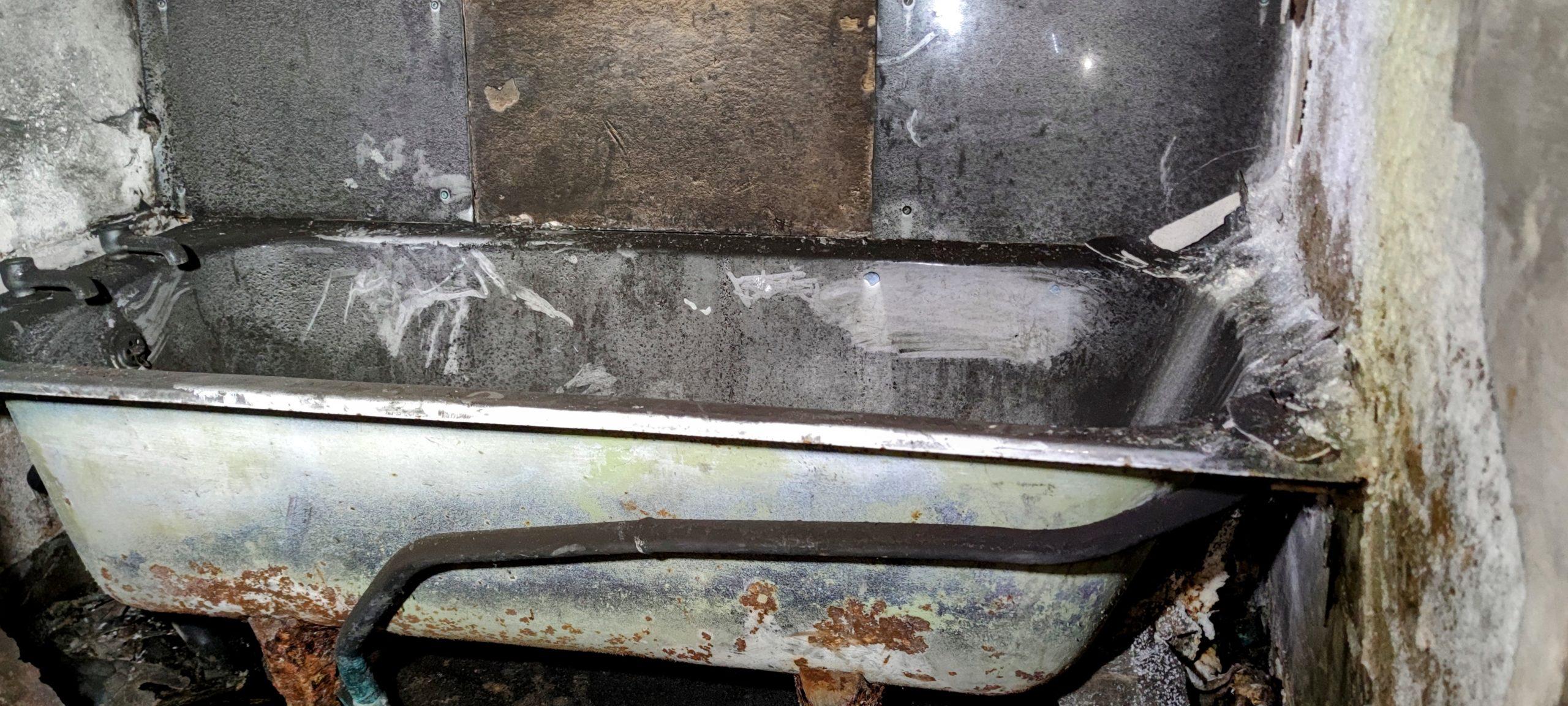

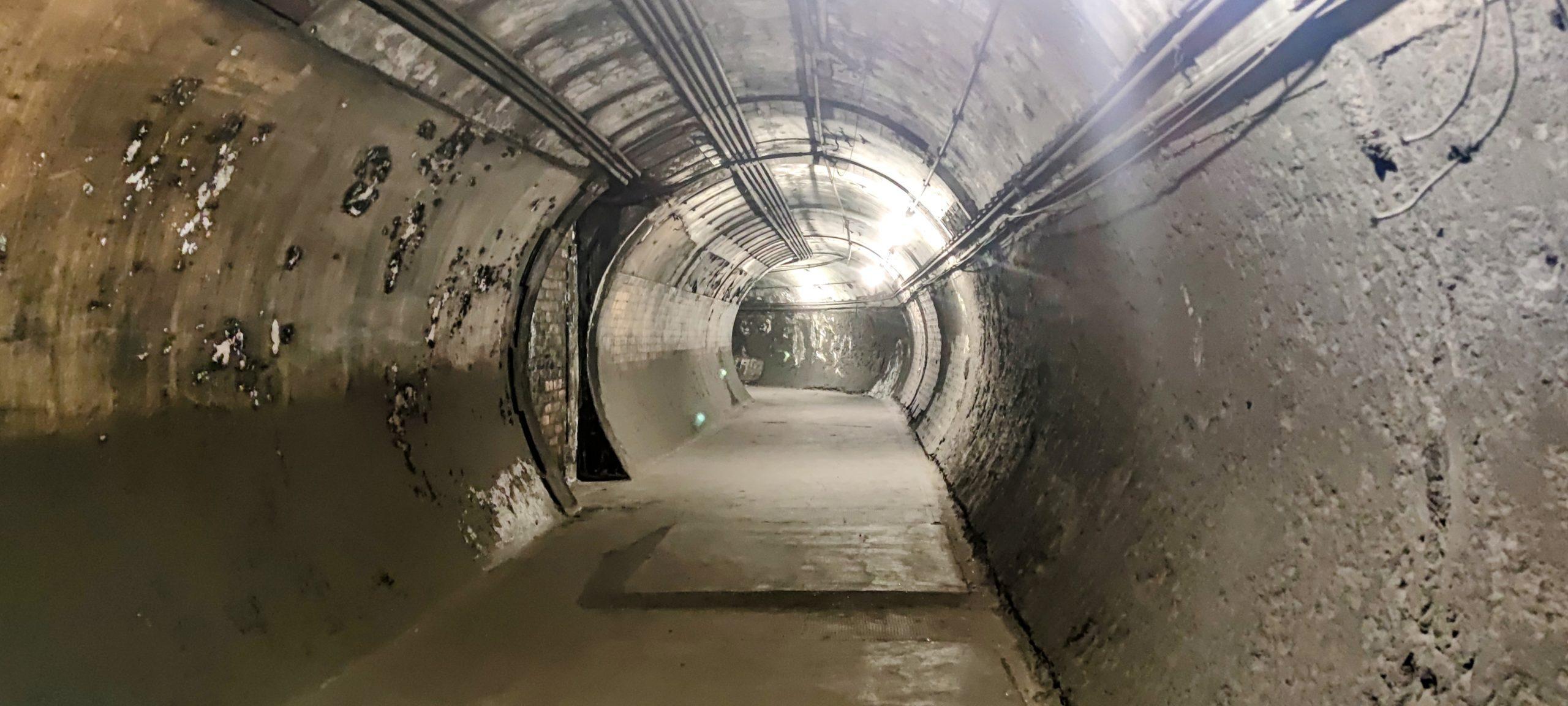
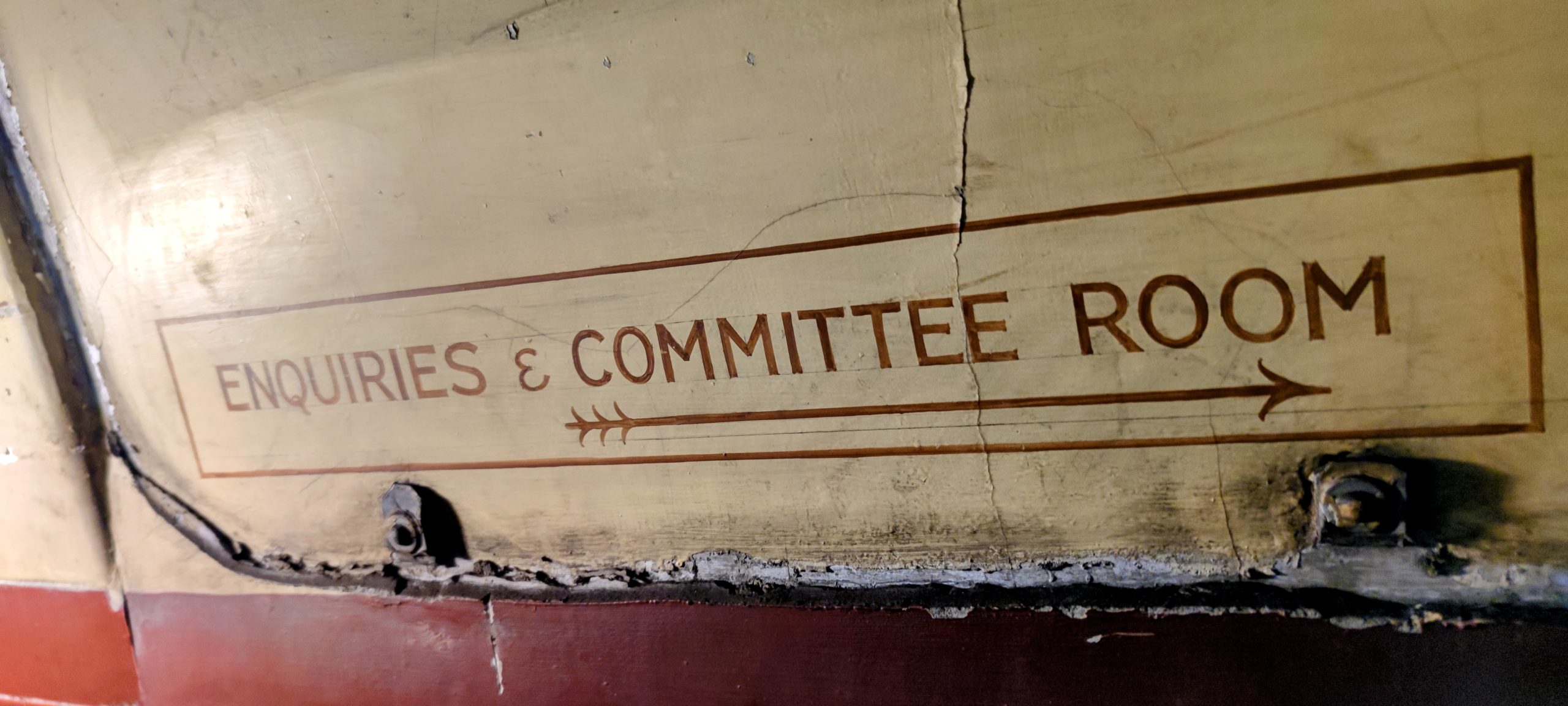
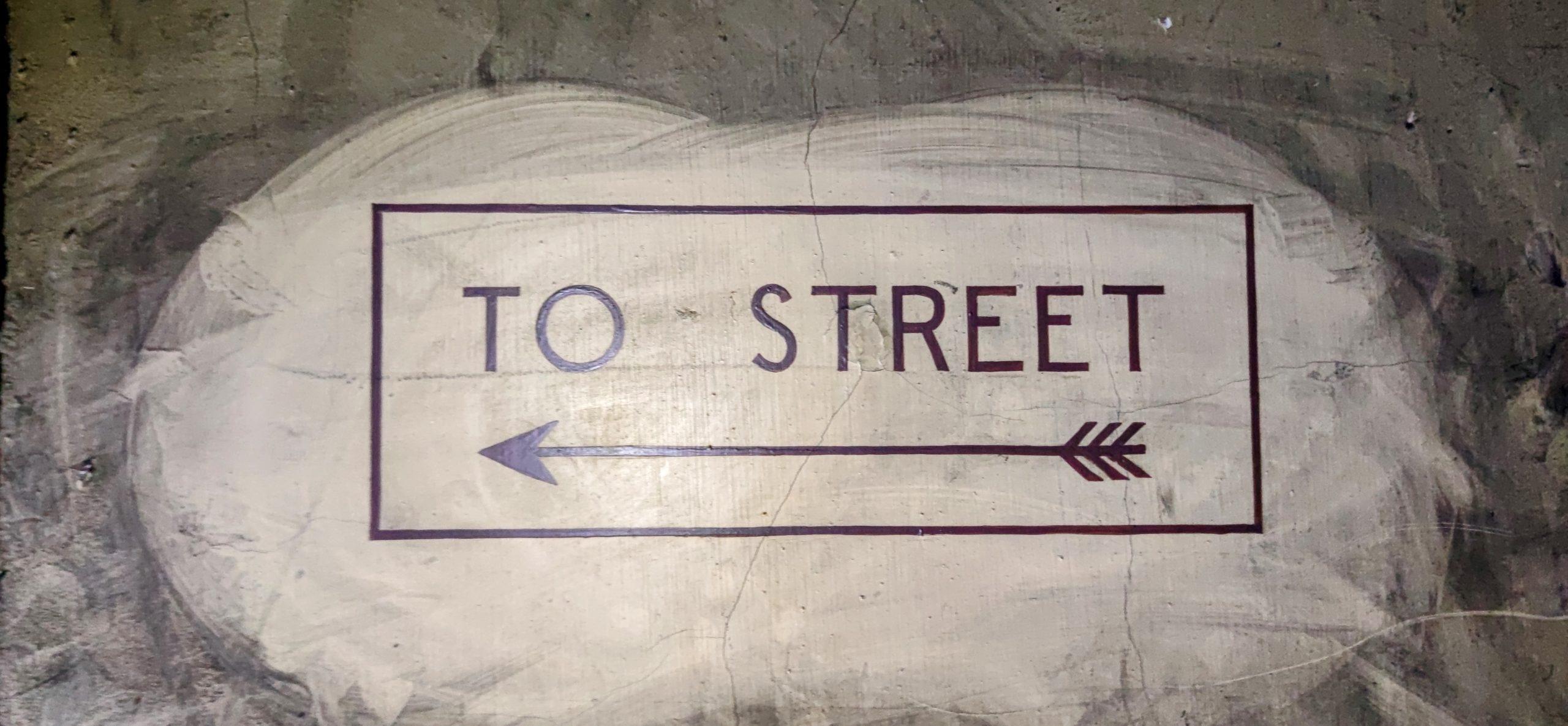
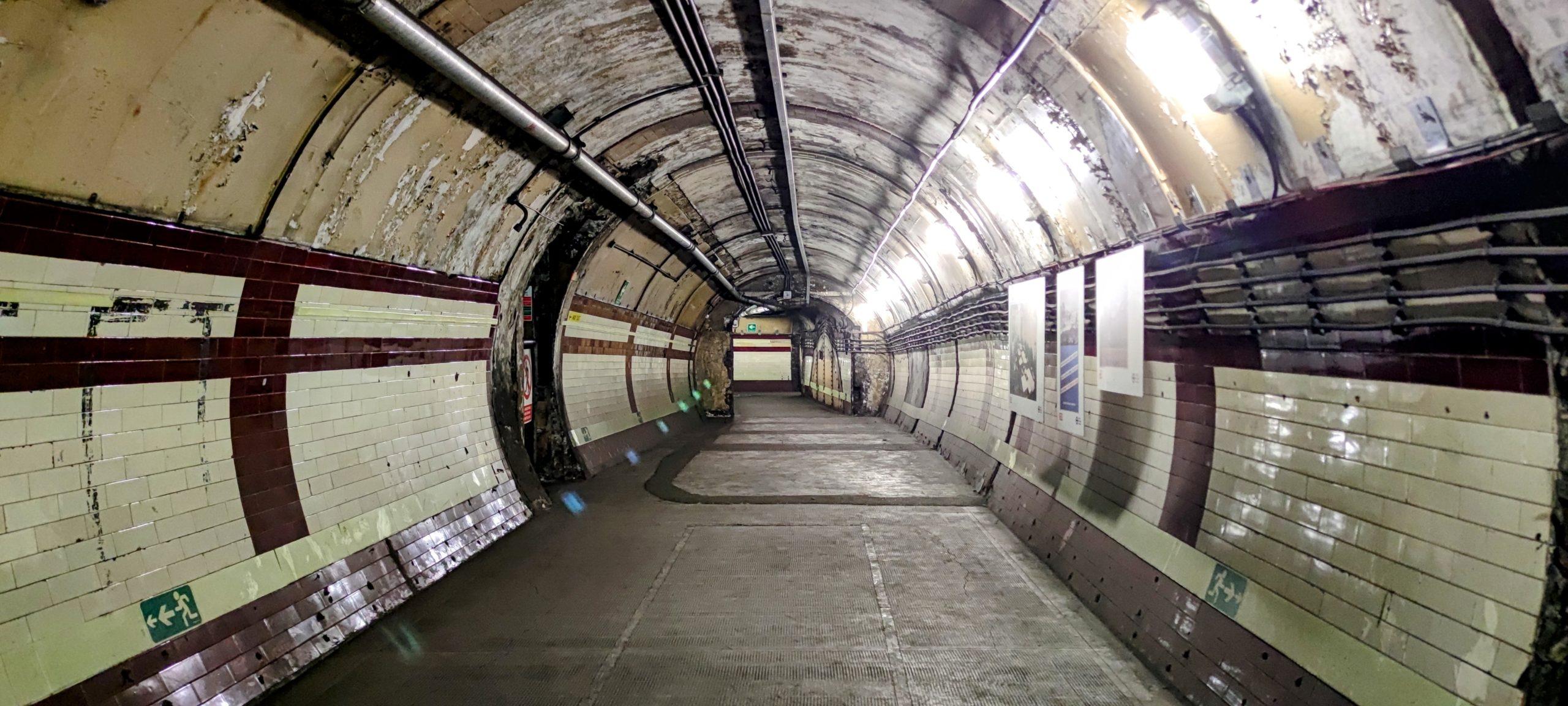
A telephone exchange was installed allowing the REC to communicate with the railway network and other agencies. Passageways were converted into meeting rooms, offices, sleeping quarters, washrooms, and a kitchen. The work was carried out by carriage fitters more used to fitting out train coaches. The station was transformed, with panels added throughout the pokey corridors, creating separate working spaces and bedrooms. The 40 staff who lived on site worked in shifts to provide 24 hour operation. Secrecy was important- most staff stayed underground for weeks at a time. There was no postal address, instead a team of four motorcycle dispatch riders carried letters between Down street, other stations and government offices. The REC executives could leave the offices by signalling to oncoming tube trains, which would then stop, allowing the executives to secretly board the driver’s cab and disappear into the tube network.
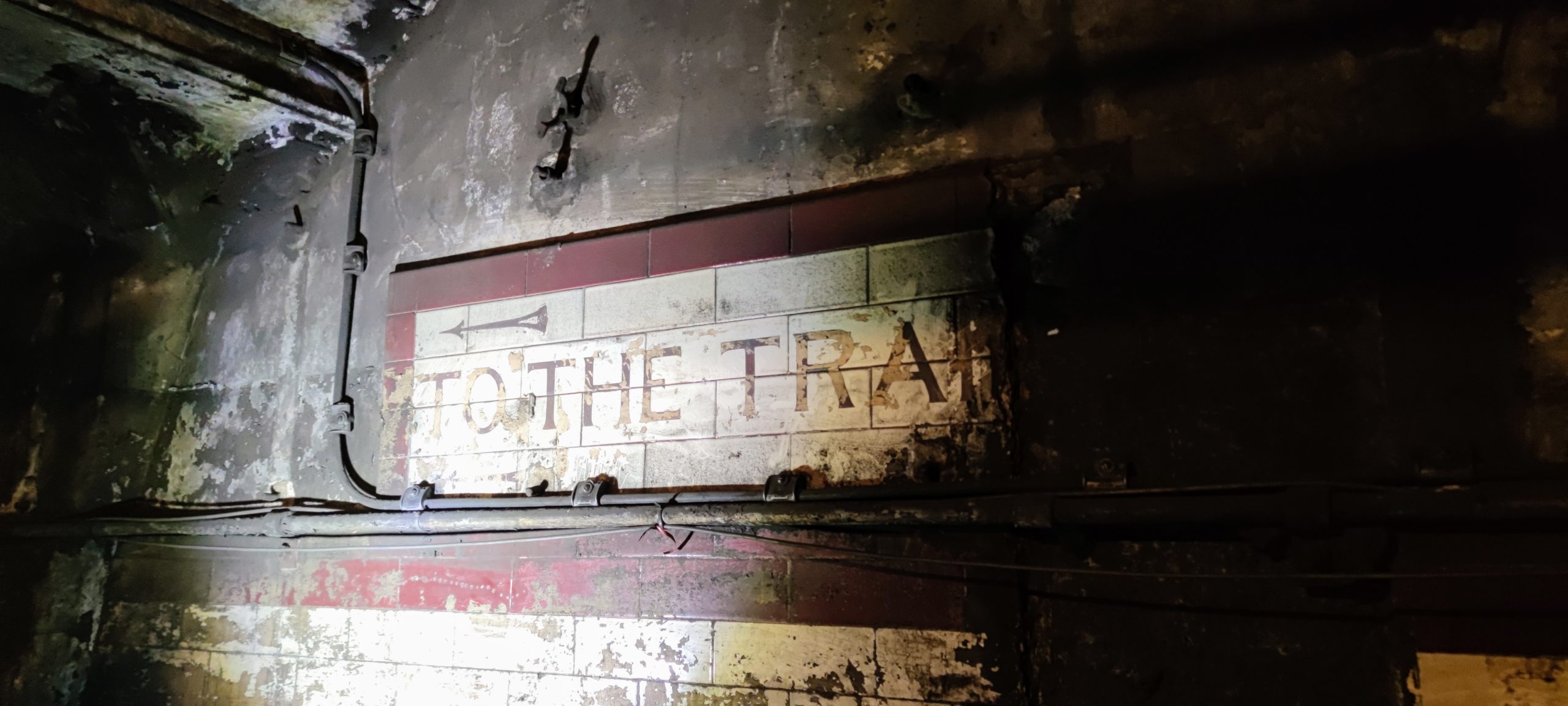
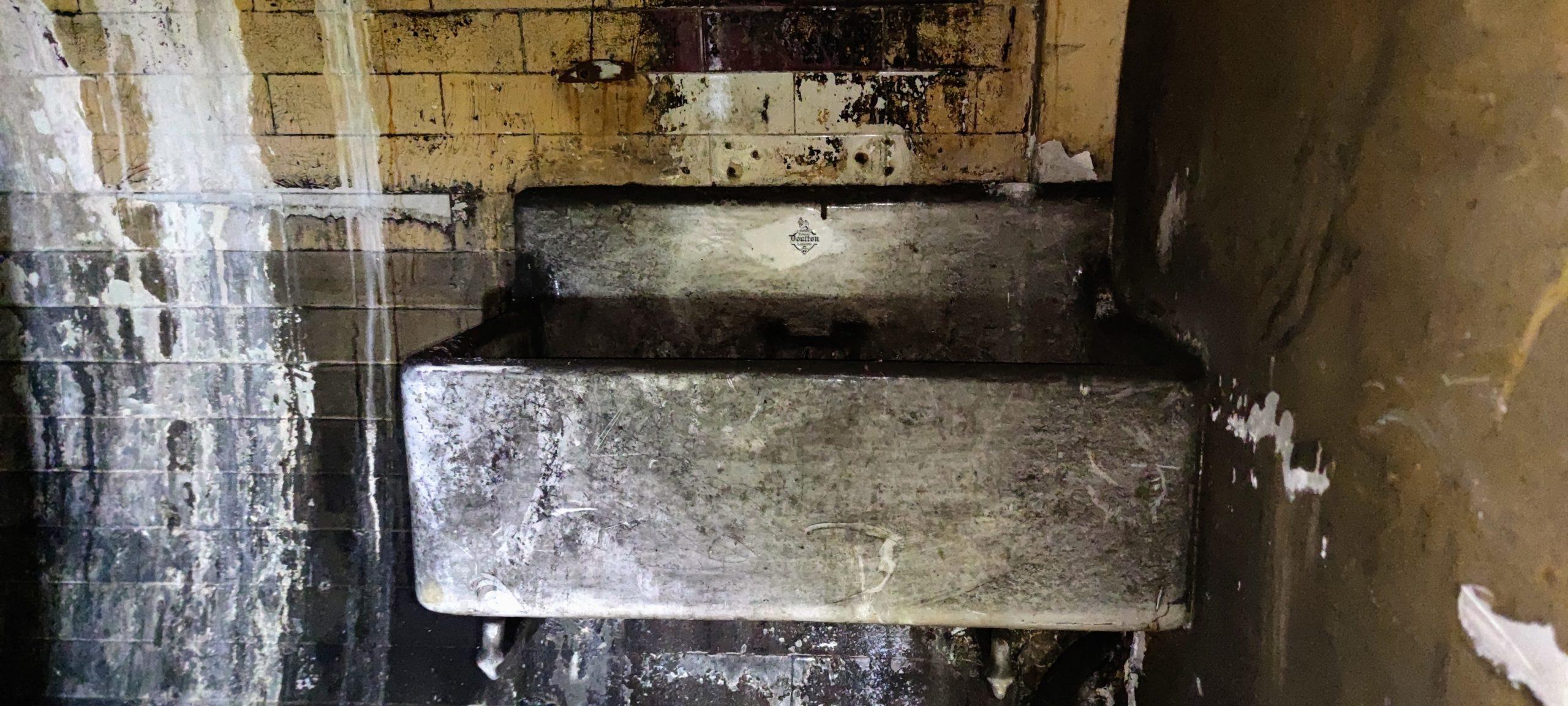
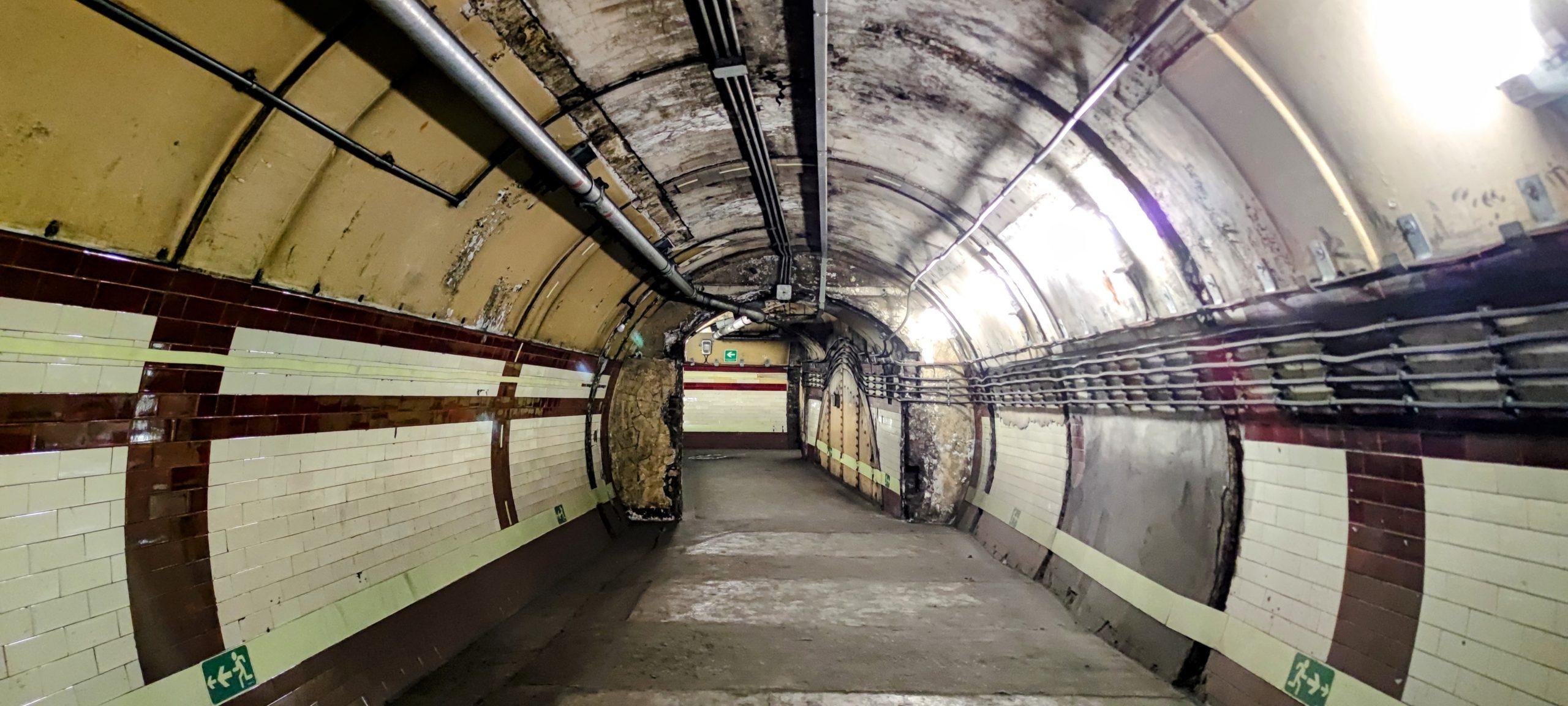
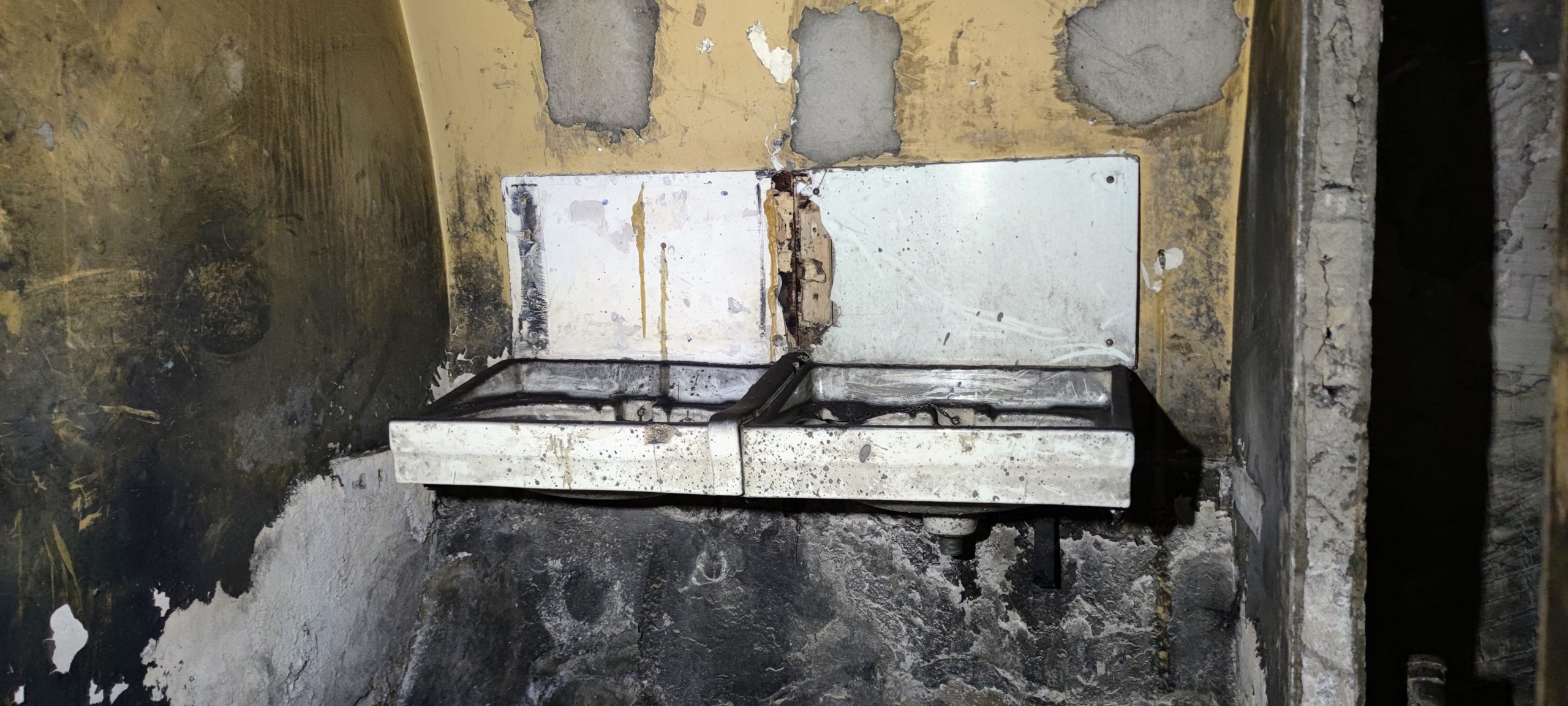
Down Street Station Today
The REC remained at Down Street for some time after the end of the war, leaving the site at the end of 1937, when it returned to simply bring used for ventilation of the Piccadilly Line. Guided tours are offered by Hidden London- these are pricey but do offer you a rare glimpse into the unique history of this abandoned subsurface world.
Last Updated on 22 October 2024 by Michael

